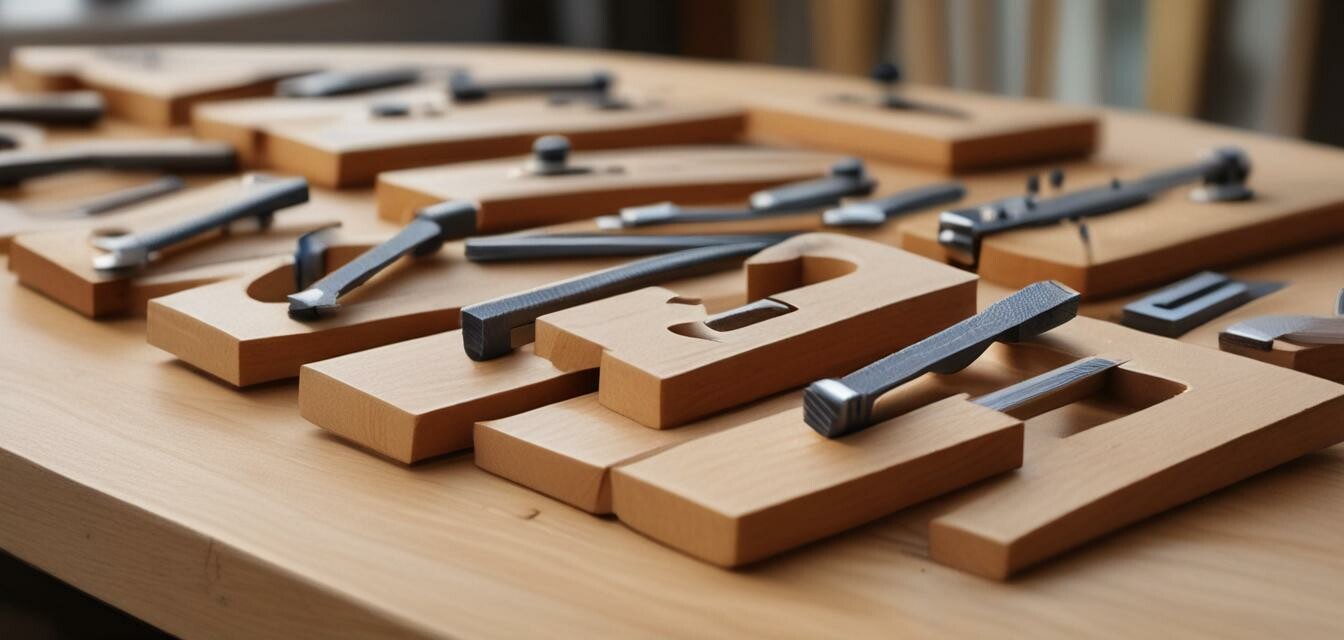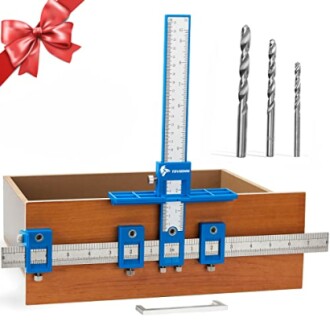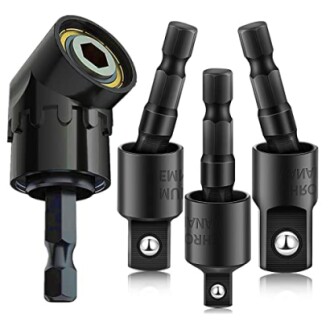
Understanding Woodworking Jigs for Perfect Cuts
Key Takeaways
- Woodworking jigs are essential tools for achieving precision in cuts and joinery.
- Different types of jigs serve various functions, from hole drilling to edge guiding.
- Investing in high-quality jigs can save time and improve the quality of your woodworking projects.
- Understanding how to set up and use jigs effectively is crucial for both beginners and seasoned woodworkers.
- Jigs can be purchased or made from scratch, offering flexibility in your woodworking approach.
As the world of woodworking continues to evolve, the importance of jigs in achieving precision and accuracy cannot be understated. Whether you are a seasoned carpenter or a DIY enthusiast, understanding the different types of jigs and how to use them can enhance your woodworking skills. In this guide, we'll explore various woodworking jigs available in 2025 that can assist you in achieving perfect cuts.
What is a Woodworking Jig?
A woodworking jig is a device that holds a piece of wood in place while you work on it, ensuring accurate cuts or shapes. Whether you're drilling holes, making intricate cuts, or assembling pieces, a jig can make a significant difference in the efficiency and precision of your work.
Types of Woodworking Jigs
| Type of Jig | Description | Best For |
|---|---|---|
| Drill Jigs | Used to guide the drill bit for perfectly aligned holes. | Drilling holes at precise angles and distances. |
| Router Jigs | Guide the router for cutting shapes or edges. | Making decorative edges and shapes in wood. |
| Crosscut Jigs | Used to make accurate crosscuts on wood pieces. | Cutting boards or stiff wood stocks to desired lengths. |
| Box Joint Jigs | Help create precise finger joints for boxes and frames. | Joinery for boxes or drawer construction. |
Why you Should Use Woodworking Jigs
Using woodworking jigs offers several benefits that improve both the process and the outcome of your projects:
- Increased Accuracy: Jigs help maintain precision, which is crucial for fitting joints and parts together.
- Consistency: They enable you to replicate cuts and drilling, ensuring that each piece is identical.
- Efficiency: Save time by reducing the need for repeated measurements and adjustments.
- Versatility: Jigs can be used for different types of projects, adapting to various woodworking tasks.
Popular Woodworking Jigs in 2025
Here are some of the most popular woodworking jigs available today:
Cabinet Hardware Jig
A robust tool designed to make installing cabinet handles and knobs easy with quick set-up and precise drilling.
Learn MoreRight Angle Drill Adaptor
This adaptable tool allows for tight angle drilling with multiple sockets, great for household and industry use.
Learn MoreHow to Build a Simple Woodworking Jig
If you're handy, consider making your own woodworking jig! Here’s how you can create a basic drill jig:
- Materials Needed:
- Plywood or MDF
- Wood screws
- Clamps
- Drill
- Cut the Base: Cut your plywood or MDF into a square base.
- Drill Holes: Mark where you want to drill holes and use a drill to create them.
- Secure the Jig: Use clamps to attach the jig to your workpiece.
- Test and Adjust: Test with scrap wood and adjust accordingly.
Maintenance of Your Jigs
To ensure longevity and precision, proper maintenance of your woodworking jigs is necessary:
- Clean After Use: Remove wood dust and debris.
- Store Properly: Keep jigs in a safe place to avoid damage.
- Check for Wear: Inspect for any wear and replace parts as needed.
Tips for Beginners
- Start with basic jigs before moving to advanced ones.
- Always measure multiple times before making cuts.
- Gain hands-on experience by practicing on scrap wood.
- Explore DIY tutorials to create jigs tailored to your needs.
Pros
- Enhances accuracy in woodworking projects.
- Reduces time spent on measuring and aligning.
- Offers versatility for various woodworking tasks.
Cons
- Quality jigs can be expensive.
- Not all jigs are suitable for every project.
- Requires practice to master their use effectively.
Learn More About Woodworking
For more information about woodworking tools, check out our extensive resources:- Woodworking Tool Maintenance
- DIY Woodworking Project Kits
- Advanced Woodworking Techniques
- Wood Types and Their Uses
- Woodworking Plans and Blueprints
In conclusion, investing in the right woodworking jigs and understanding how to use them can greatly enhance your craftsmanship. Whether you choose to purchase or create your own jigs, the precision and quality they bring to your projects are well worth the effort.





